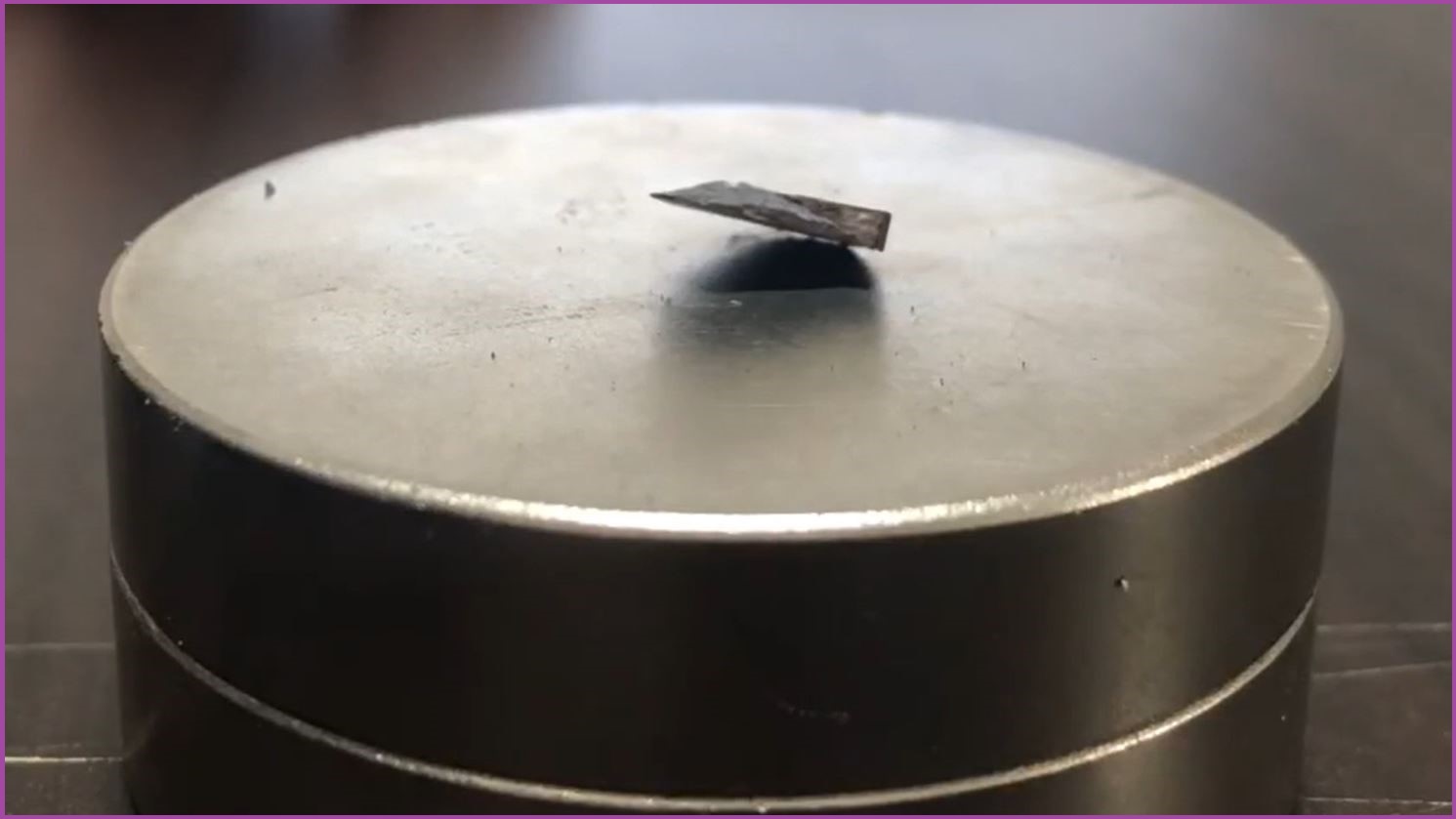Korean researchers are claiming a major materials science breakthrough by synthesising the first superconducting materials that work at room temperature and in an ambient pressure.
Superconductors have no electrical resistance and have applications in classical and quantum computing, electricity transmission, medical imaging, and high-speed trains.
Materials typically don’t exhibit superconductive properties unless they are supercooled – often close to absolute zero – and placed in high pressure environments which increases associated energy and engineering requirements, limiting their applicability.
Sukbae Lee, Ji-Hoon Kim, and Young-Wan Kwon recently submitted a paper to pre-publication platform arXiv claiming to have created a superconductor they have named LK-99.
“All evidence and explanation lead that LK-99 is the first room-temperature and ambient-pressure superconductor,” the paper says.
“The LK-99 has many possibilities for various applications such as magnet, motor, cable, levitation train, power cable, qubit for a quantum computer, THz antennas, etc.
“We believe that our new development will be a brand-new historical event that opens a new era for humankind.”
LK-99 is a dark grey material made by grinding down a mixture of lead sulfate Lanarkite and copper sulphide then putting the mixture into a vacuum with a temperature of 925°C for 10 hours.
The resulting ingot demonstrates superconducting properties up to 400 Kelvin or 127°C.
A video shows a shard of the material levitating on a magnet at room temperature, a demonstration of the Meissner effect.
It’s an extension of research they published with a larger team in April, which has led to speculation that the trio is expecting a Nobel Prize for their work (a maximum of three people can share a Nobel Prize).
Academic site arXiv doesn’t peer review papers prior to publication, and there remains a high degree of scepticism among the scientific community.
Mohammad Yazdani-Asrami from the University of Glasgow’s James Watt School of Engineering, said the results still needed verification, as per the Independent.
“The paper is not yet peer-reviewed and has not yet been tested in other labs to see if other researchers can reproduce its results,” he said.
“These are both key to determining for sure whether the world should be getting excited about the authors’ claims, which need much more scrutiny at this early stage.
“If the claims of findings are approved, perhaps, this is one of the most significant achievements of last few decades in physics and material engineering.”







%20and%20Dr%20Minh%20Luu%20next%20to%20the%20electron%20microscope.%20Credit%20Stefanie%20Zingsheim-University%20of%20Sydney.JPG.transform/320x180/img.jpg)


